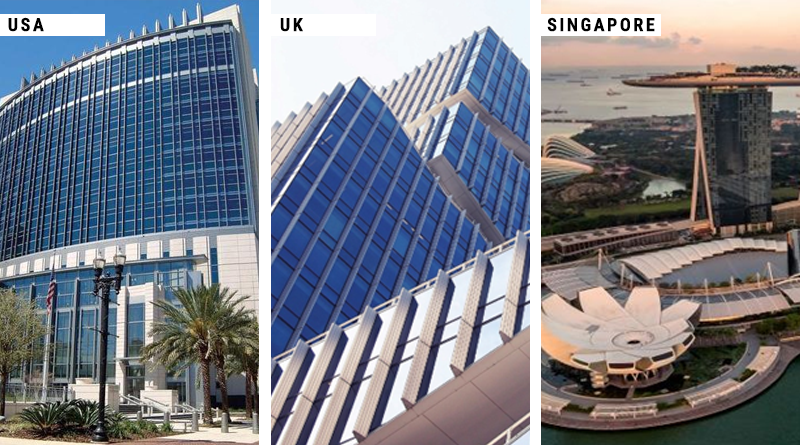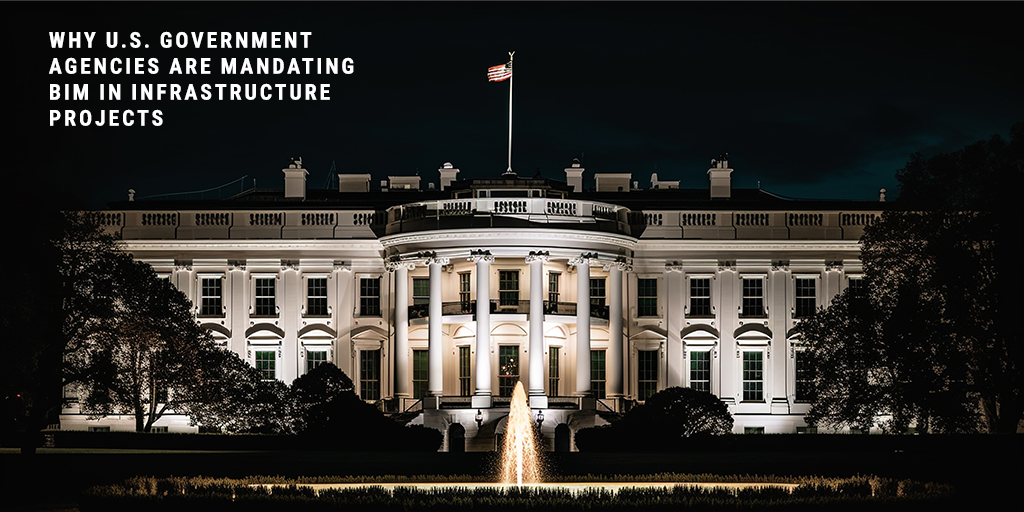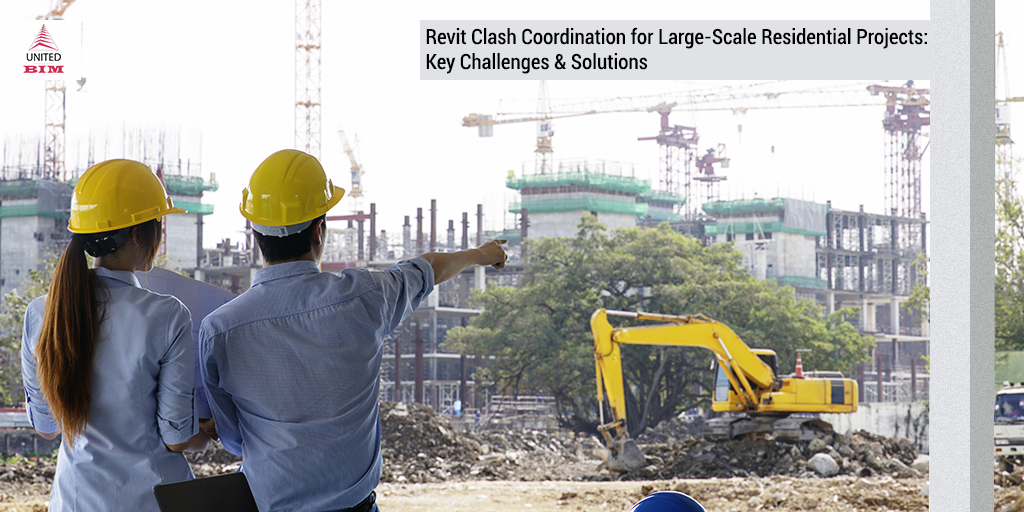Last updated on: January 27, 2025
Building Information Modeling (BIM) is been continuously adopting its importance in the world of public infrastructure projects. Over the years, we had the opportunity to work on many BIM projects, and it’s clear how this technology can truly change the way government agencies approach large-scale infrastructure.
The benefits are undeniable—from streamlining workflows to enhancing sustainability and ensuring better transparency in managing public funds. Given these compelling benefits, it is no surprise that government agencies across the United States are now mandating the integration of BIM for their upcoming projects.
Below is the examination of the key factors driving this strategic shift.
Why Government Agencies Are Adopting BIM for Infrastructure Projects
Real-World Examples of BIM in Government Projects

- U.S. Government: In the United States, agencies like the General Services Administration (GSA) have been at the forefront of integrating BIM for the management of federal facilities. This has led to more efficient project delivery and significant cost savings. For example, the U.S. Courthouse in Jacksonville leveraged BIM for better project coordination and budgeting.
- UK Government: In the United Kingdom, BIM has been integrated into government policy, with all public sector construction projects now required to use BIM. This adoption has resulted in better project oversight and efficiency across the board.
- Singapore: Singapore is another country that has embraced BIM for public infrastructure. It’s become a mandatory part of government contracts, ensuring that projects are not only efficient but also transparent and accurate.
Conclusion
BIM in government infrastructure projects is reshaping how these projects are planned, executed, and managed. From improved efficiency and cost control to enhanced sustainability and compliance, the benefits of BIM are clear.
As more agencies adopt BIM, it’s becoming increasingly obvious that this technology is here to stay and will play a key role in the development of the country.
At United BIM, we specialize in providing advanced BIM solutions that ensure seamless project coordination, cost optimization, and enhanced sustainability.
If you’re looking to integrate BIM into your next project, we’re here to help you navigate the process and achieve exceptional results.
Get in touch with us today to learn more about how we can assist with your BIM needs.
BIM (Building Information Modeling) technology is a digital representation of the physical and functional characteristics of a project. It is important for government infrastructure projects as it improves project coordination, reduces errors, optimizes costs, and enhances overall project efficiency.
The key benefits include enhanced project efficiency, cost control, better decision-making, sustainability, and compliance with regulations. BIM also helps in identifying potential issues early through clash detection, minimizing costly rework.
BIM helps identify and resolve design conflicts in the planning phase, reducing costly changes during construction. It also helps manage project resources more effectively, keeping the project within budget and preventing delays that could lead to additional costs.
Yes, more U.S. government agencies are mandating the use of BIM technology for their infrastructure projects. This includes requirements for federal facilities and public infrastructure projects, as it ensures better coordination, cost control, and sustainability.
BIM increases transparency by providing real-time data access to all stakeholders. It enables better project tracking, budgeting, and compliance monitoring, helping ensure that taxpayer money is being spent effectively and efficiently.
Yes, BIM is used throughout the entire lifecycle of infrastructure projects, from design to operation and maintenance. The use of COBie (Construction Operations Building Information Exchange) standards ensures that project data is accurately recorded and can be used for ongoing facility management.
About the Author

Coordination Manager / VDC Manager at United BIM
With over 10 years of experience in the AEC industry, Akash Patel is a seasoned Coordination Manager and VDC Manager at United BIM. His expertise lies in managing complex MEP-FP coordination projects and leveraging cutting-edge BIM technology to ensure seamless collaboration and precision. Akash is dedicated to delivering high-quality, detailed models that meet the demands of modern construction. He is passionate about optimizing workflows and driving innovation within the BIM field.








